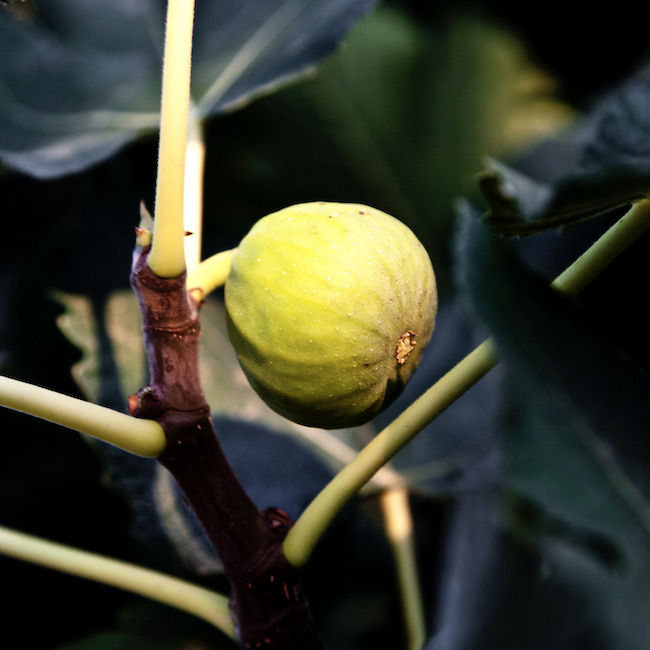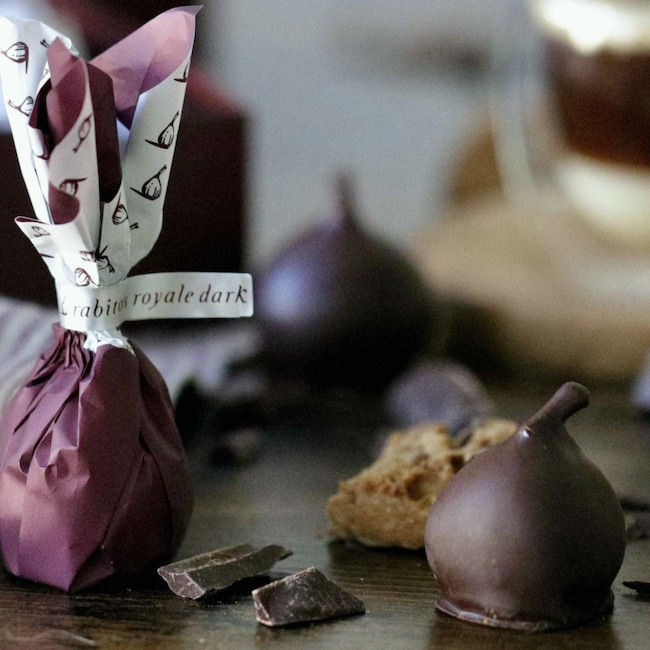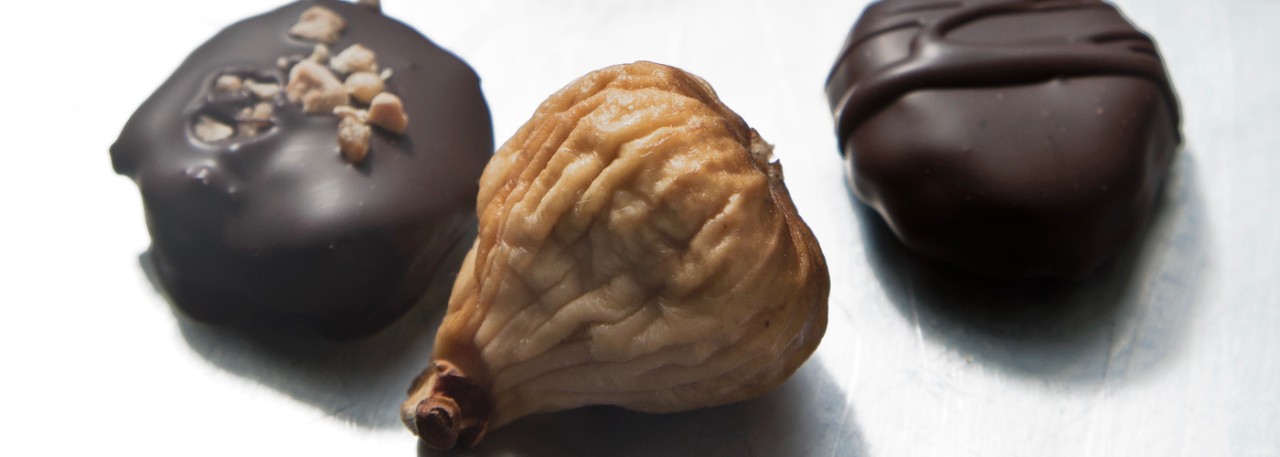.png.transform/rendition-xs/image_image%20(1).png)
Figs, the Flavor of the End of Summer
Although dried figs are irresistible, they can also be eaten in sweet creations where they can be used in tantalizing bonbons.
Not every tree can say it inspired a poet. One of the great Spanish writers, Miguel Hernandez, dedicated a poem to the fig tree as he was taken by its fruit in way that was almost erotic and for which he felt an infinite passion. Many people share this love for figs, which are not actually a fruit, but, rather, a flower that encloses in its interior small pips; this is the real fruit. Their attractive thin, delicate, green skin encloses a juicy pulp with colors ranging from white to pink. Their sweet taste makes them ideal to be enjoyed in summer, when they fall from the tree due to their weight. They're eaten fresh but are also used to give a touch of sweetness to salads, as a garnish for white meats, in jams and jellies, and even to offset the acidity of a tomato soup in a captivating combination... There are those like ice cream maker Fernando Sáenz, one of the most creative in Spain and always working on new original ideas at his workshop, Grate, in La Rioja, who take to heart spirit of Miguel Hernandez's poem. Saénz makes a highly acclaimed fig tree shadow ice cream... without figs. Instead he uses a macerated blend of fig leaves and sticks to give shape to what is his best-known ice cream, which is like savoring a summer siesta.

Dried figs, a superfood
According to the website higosandfigs.com,12,500 hectares in Spain are dedicated to fig production, which amounts to around 30,000 tons per year. As a result, Spain is the eighth-largest producer in the world and ranks first in the European Union, ahead of Greece and Portugal. Although fresh figs are a seasonal delicacy, they can also be transformed, which makes them suitable for export. One of the most common changes the fig undergoes is drying. Ángel Esteban, a partner at Finca La Soledad, a company based in the north of Extremadura—the land of figs—works with the Lady's Neck variety and explains that, "The fig actually begins to dry on the tree. The smallest figs are the ones that are dried. They're placed on boards and left exposed to the air. They must be tapped carefully on a daily basis to ensure that they don't become too dry and that they maintain their juiciness. It's also a product that can be rehydrated to bring it back to its perfect state. The key is to maintain a certain level of humidity."
Esteban explains that the dried fig concentrates not only sugars, but also the fig's properties. "It has more fiber, more calcium, more phosphorus... It also changes the flavor, which is more reminiscent of honey." For him, it's a premium product which still requires considerable consumer education. "Obviously it's a healthy snack, but it can also be added to chicken stews and cheese boards. It always works and always surprises." Even so, he says that consumption in countries like Germany and France far outstrips that of Spain. "It's fully incorporated into the daily diet." For Esteban, one of its most important qualities is that it is "a totally natural source of energy. There are days when I eat a couple of them and I can last until the end of the day without getting tired. They're ideal for athletes and people who exercise."
When figs met chocolate
An eight-meter high sculpture representing a fig welcomes visitors to the Extremaduran town of Almoharín, the Spanish fig capital. In 1989, Senador Valero and Felipa Nieva had the idea to take advantage of the region's ample Calabacita fig production to create a new and surprising product, mixing figs and chocolate. They created La Higuera, the company that makes these interesting chocolates, which are sold under the Rabitos Royale brand. It's not a fig bonbon," says Mónica Arjona, the company's sales and marketing director. "It's a bonbon that contains a fig, and that's what makes it different."

The quality of this product has made it extremely popular, and Rabitos Royale exports its chocolates to more than 50 countries, including the United States, Japan, Russia and Ukraine. It's a success story that has led them to rub shoulders with leading international brands such as Neuhaus and Godiva. "We select the figs so that they all have the same quality and we discard those that may be damaged or have been burned by the sun. It's a handmade product, unique in the world. There is nothing like it and we are very proud of that," says Arjona. Currently, they make them in four flavors: dark, milk, white and Ruby chocolate. They also use different liqueurs so that the bonbon is "always juicy and not at all dry, like we imagine the treated fig to taste." What's great is that, with each bite, all the ingredients blend together."
Since we opened with a poem, we must close with a saying. “From figs to brebas" (De higos a brevas) is another way to refer to things that happen very infrequently. It refers to those figs, known as brebas, that don't grow enough by the end of the summer and end up ripening the following spring, eight months later. If the figs are collected in September and the brebas in June, a long time passes in between the two harvests. If something occurs de higos a brevas, it's infrequent You can tell which ones are brebas and which are figs on the tree just by looking at them. Brebas are bigger, have purple skin, and are less sweet: always living in the figs' shadow.
Author: Javier Sánchez / @ICEX


